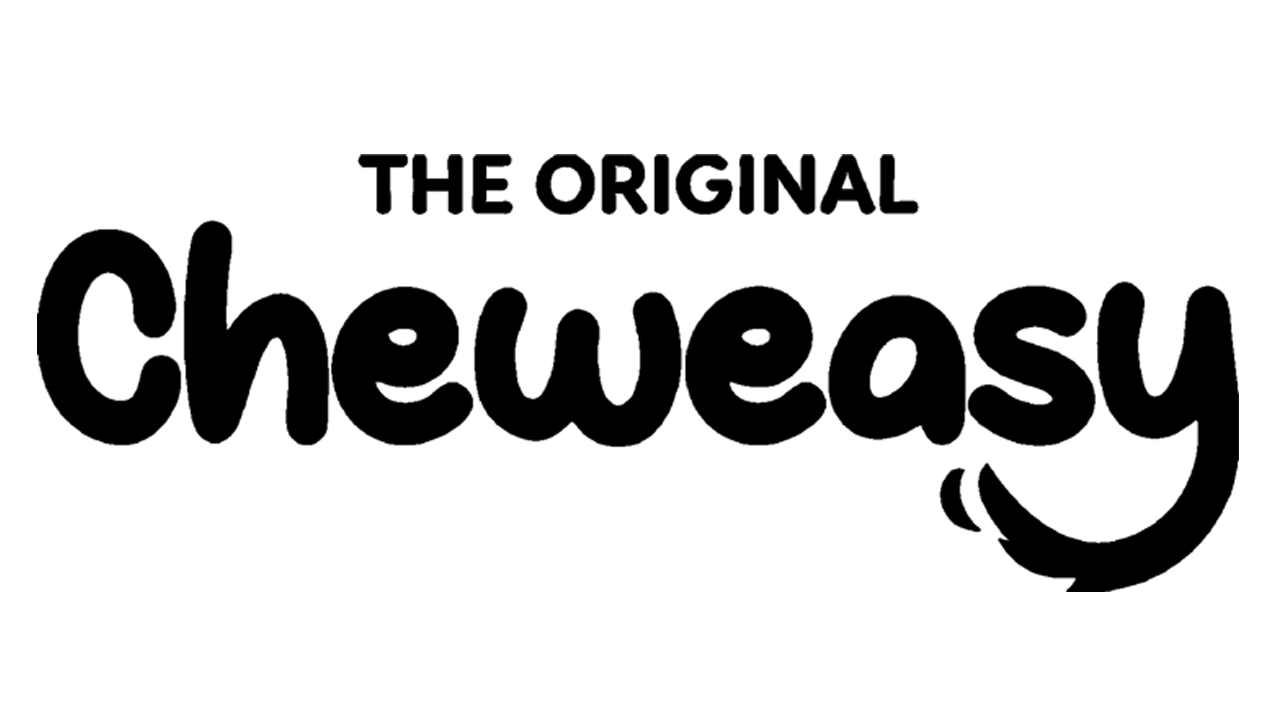Unveiling the History and Tradition Behind the Himalayan Dog Chew
When it comes to indulging our canine companions, the Himalayan dog chew stands out as a unique and historical treat. This durable chew, made from yak and cow milk, has been a staple in the diet of dogs for centuries. But what’s the story behind this ancient delight? Let’s embark on a journey to explore the fascinating history and rich tradition behind the Himalayan dog chew.
The Origins: A Taste of Tradition
The Himalayan dog chew, also known as “Himalayan Yak Chew” or “Churpi,” originates from the high-altitude regions of Nepal, Bhutan, and India. These regions, nestled in the shadows of the majestic Himalayas, have been home to these chews for centuries. The chew is deeply rooted in the traditional practices of the local communities who have been making it for their own dogs for generations.
Crafting the Chew: An Age-Old Process
The traditional process of making Himalayan dog chews is as intricate as it is fascinating. It begins with the milking of yaks or cows. The milk is then combined with lime juice or lemon juice and salt to form a curd. This curd is then cooked, drained, and molded into blocks. The blocks are left to air-dry for several weeks, which hardens them into the chewable treats we know today.
The drying process is crucial. It allows the chew to develop its characteristic hardness and longevity, which are vital for a dog’s chewing pleasure and dental health. The result is a chew that can last for weeks, making it a perfect treat for dogs that love to chew.
The Nutritional Benefits
Himalayan dog chews are not just about tradition; they are also about nutrition. Made from natural ingredients and free of additives, these chews offer several health benefits for dogs. They are rich in protein, calcium, and other essential nutrients. The chewing action helps promote dental health by reducing plaque and tartar buildup, and the long-lasting nature of the chew keeps dogs engaged and mentally stimulated.
Cultural Significance: Beyond the Treat
In the Himalayan region, these chews are not just a dog treat; they are a symbol of the region’s rich heritage and resourcefulness. The traditional methods of making Himalayan chews are passed down through generations, reflecting the ingenuity and adaptability of the local communities. The chews are a testament to the way these communities have utilized their natural resources in practical and beneficial ways.
Moreover, the tradition of making these chews is intertwined with the cultural practices of these high-altitude communities. The yak, a central figure in the lives of the people, provides not just milk for the chews but also serves as a vital part of their livelihood and cultural identity.
The Global Appeal
In recent years, the Himalayan dog chew has gained popularity far beyond its traditional origins. Dog owners around the world have come to appreciate its natural ingredients, durability, and the dental benefits it offers. This global appeal has brought a piece of Himalayan tradition into homes across the globe, allowing people everywhere to share in the rich heritage of this unique treat.
Conclusion: A Treat with History
The Himalayan dog chew is more than just a durable dog treat. It embodies a rich history and tradition that spans centuries and continents. From its humble beginnings in the high altitudes of the Himalayas to its place in homes around the world, the chew represents a bridge between cultures and a testament to the ingenuity of traditional practices.
So, the next time you give your dog a Cheweasy Himalayan chew, you’re not just offering them a tasty and healthy treat; you’re sharing in a piece of history and tradition that connects us to the enduring spirit of the Himalayas.


